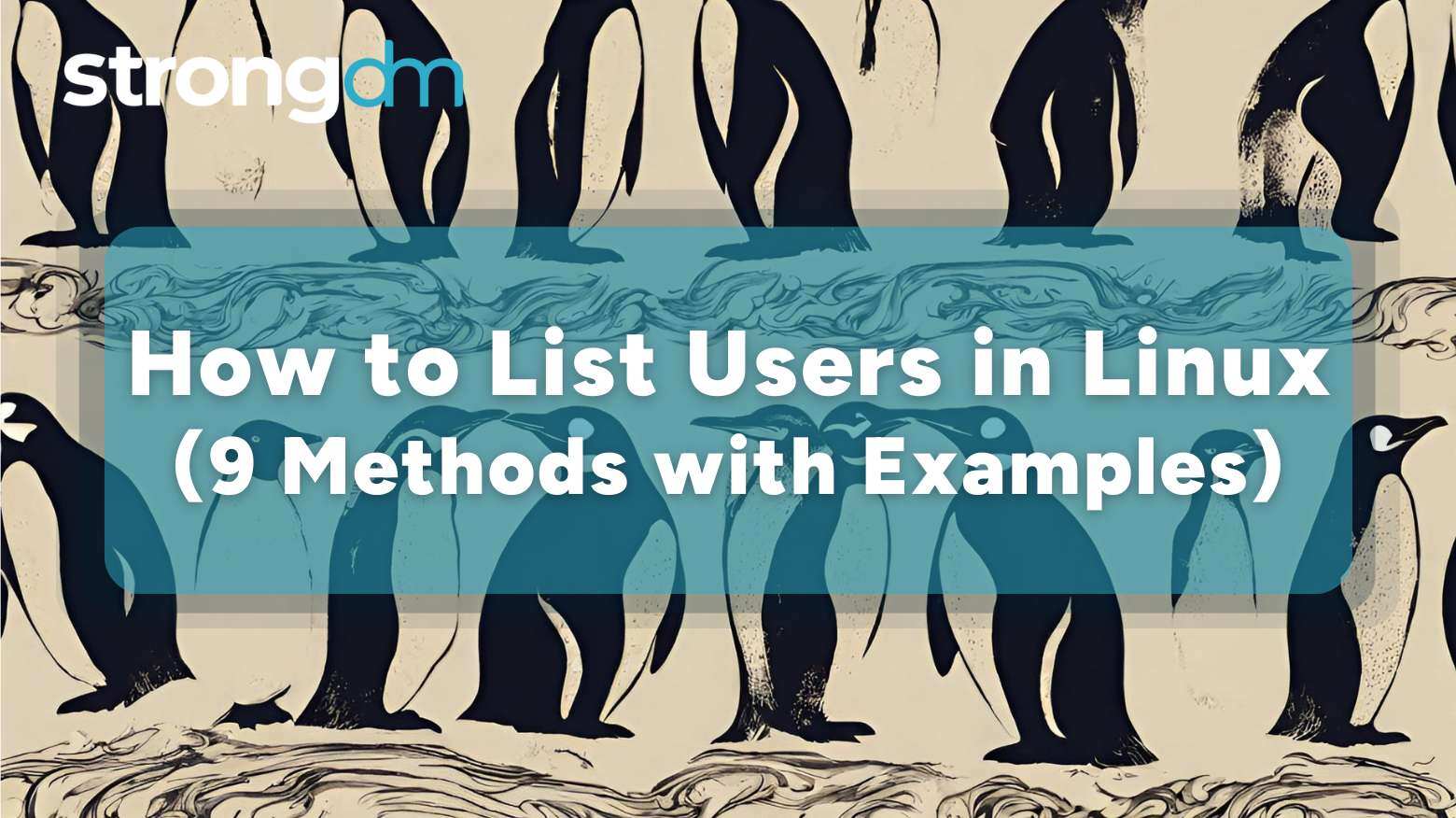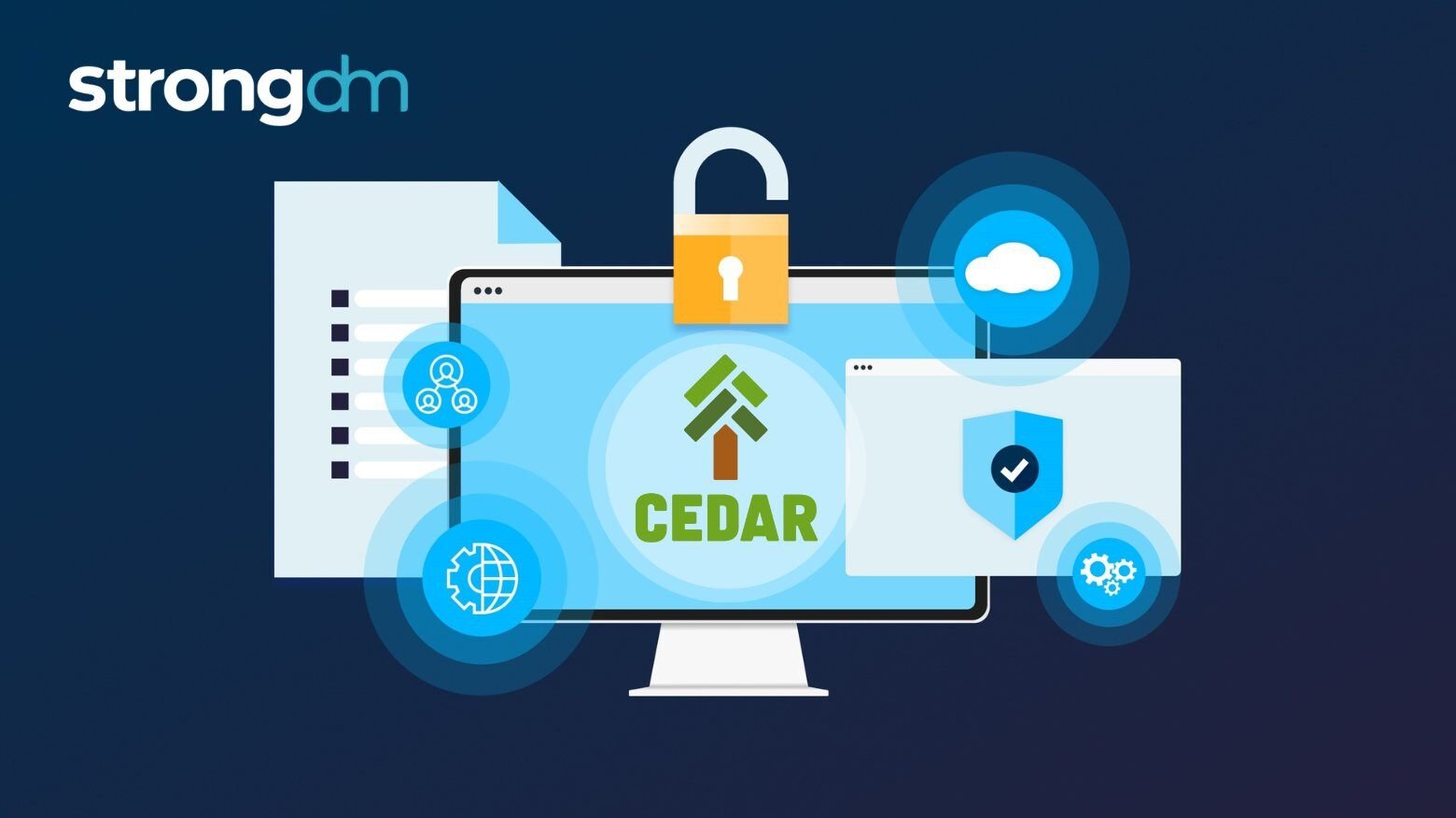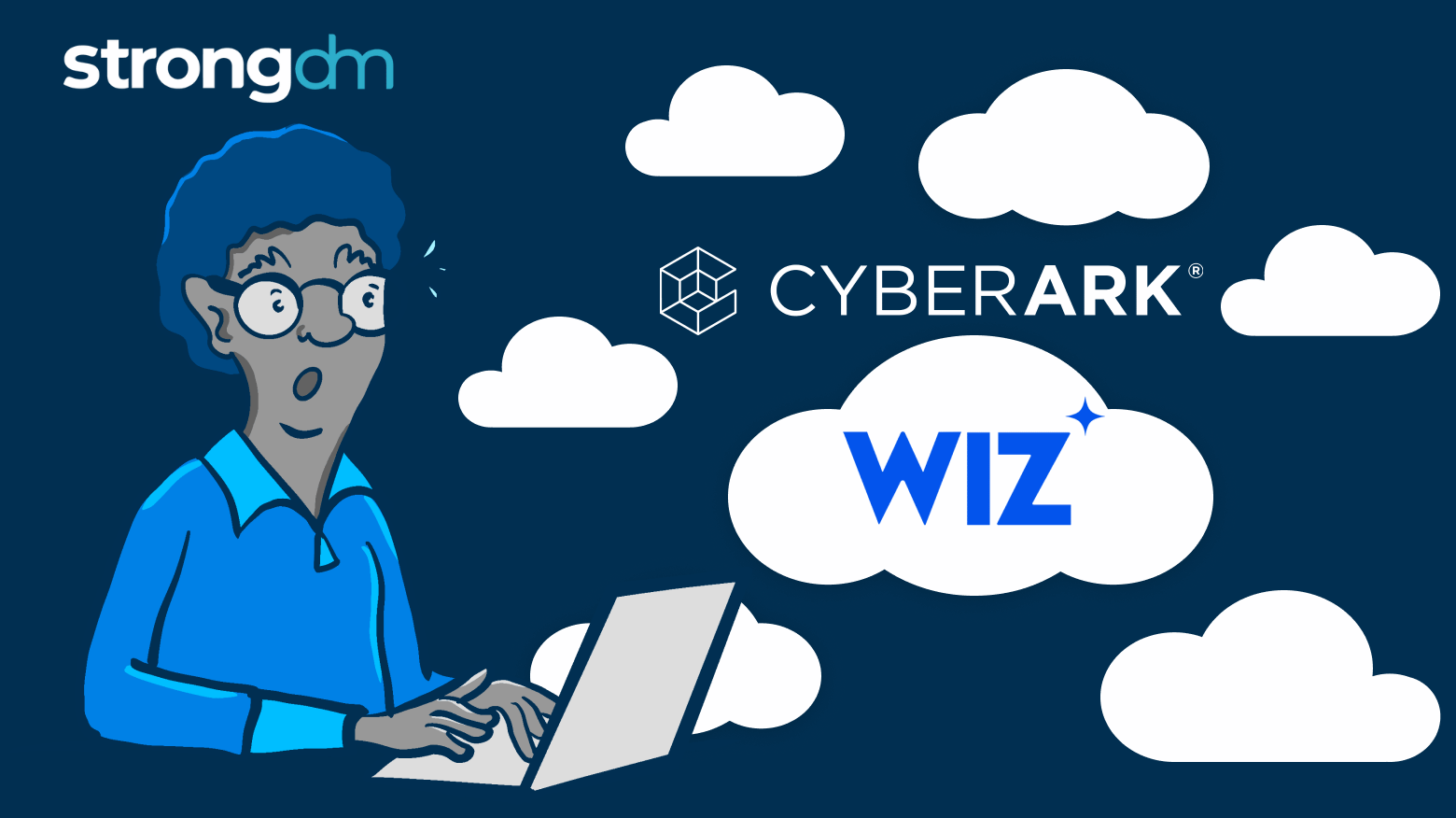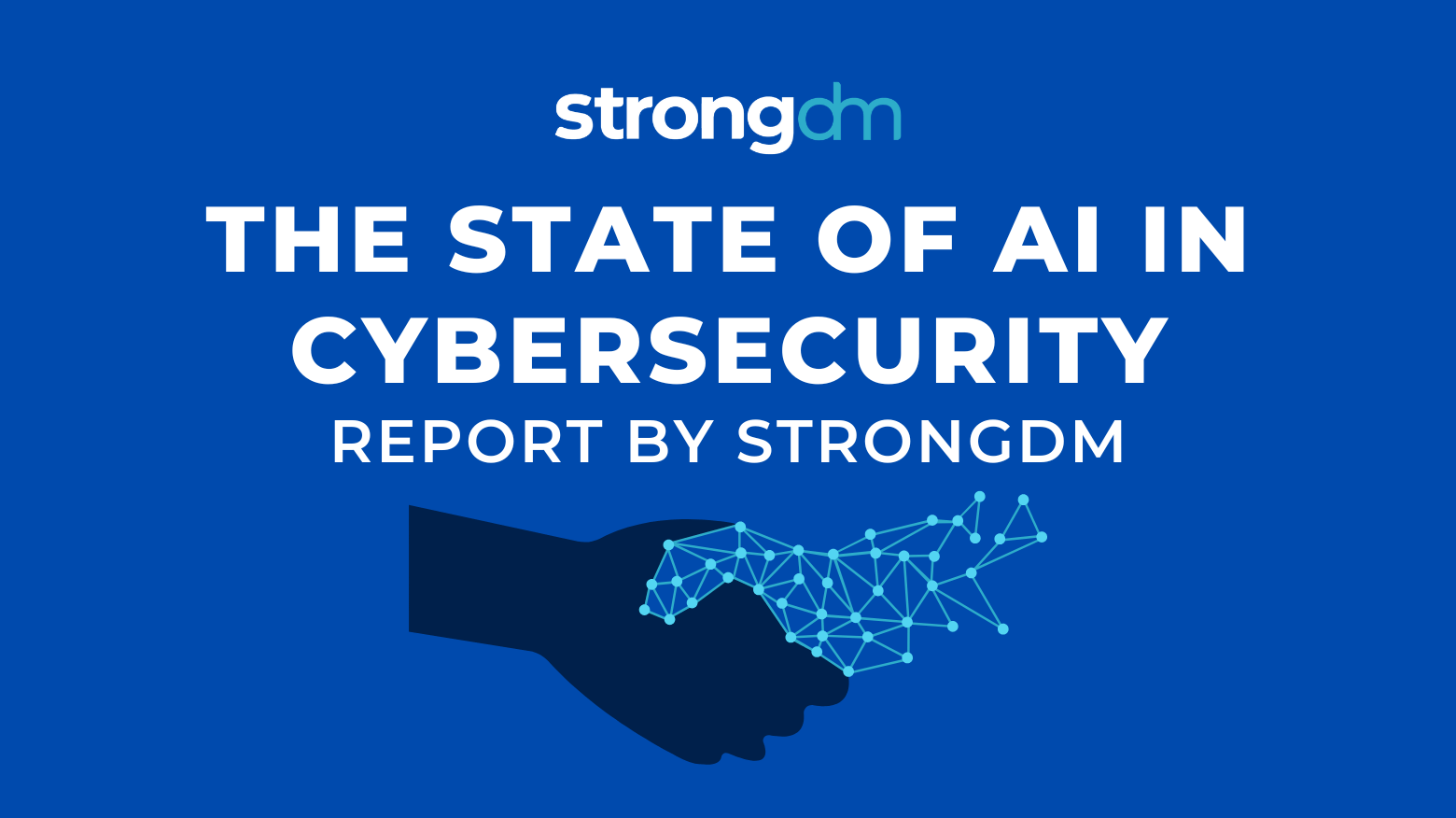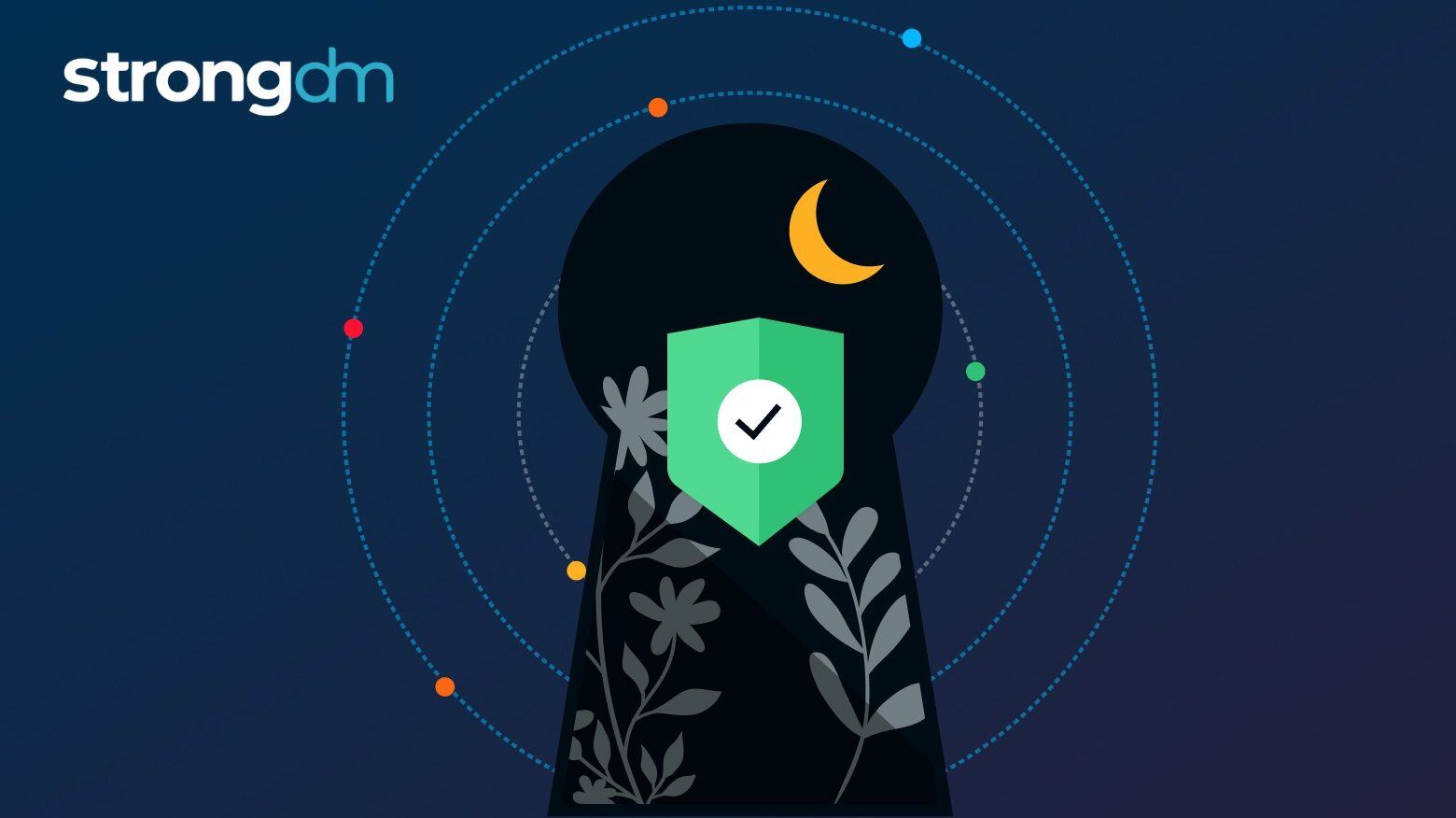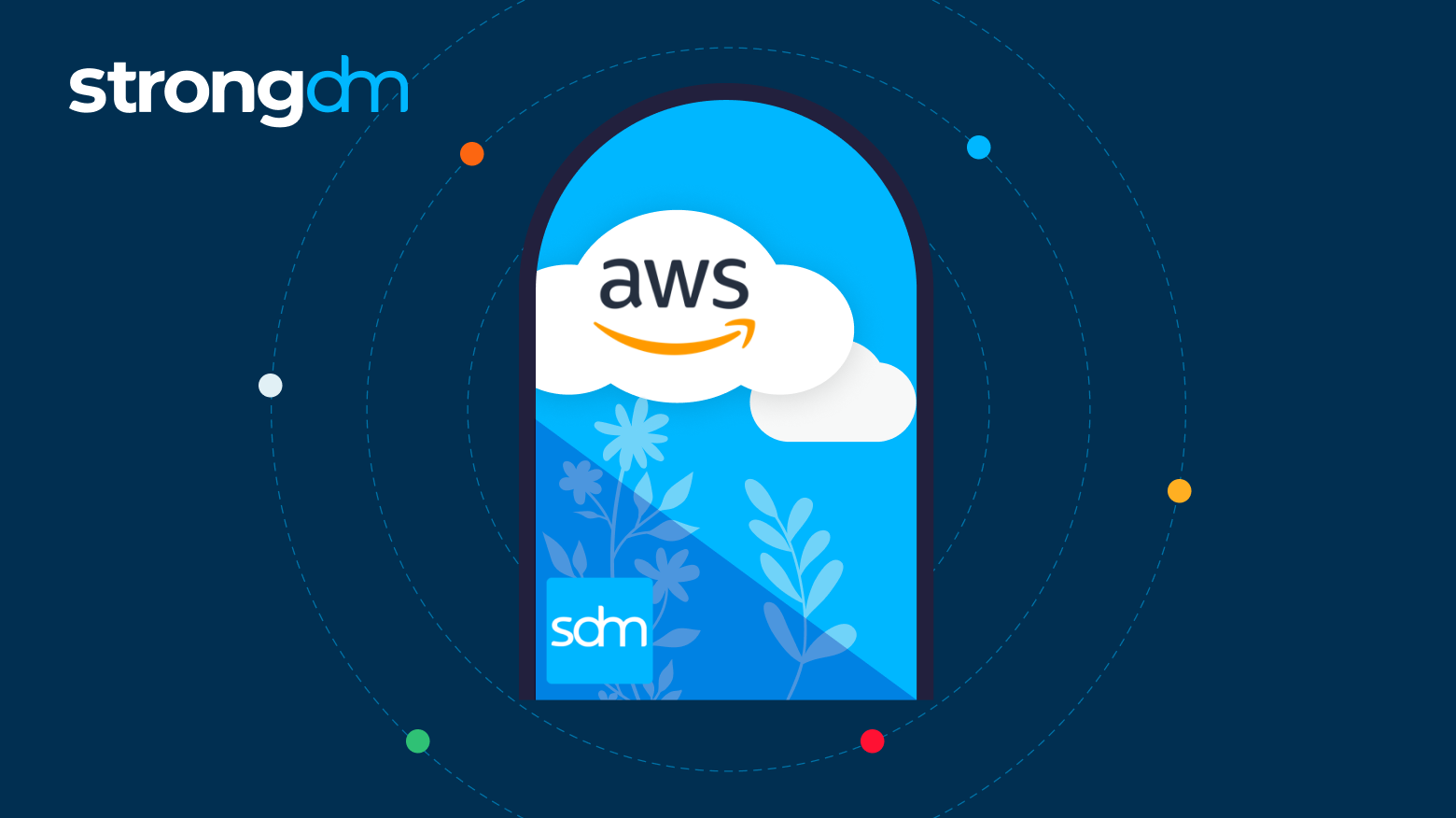Network Level Authentication (NLA) is a security feature of Microsoft’s Remote Desktop Protocol (RDP) that requires users to authenticate before establishing a remote session. By enforcing this pre-authentication step, NLA reduces the risk of unauthorized access, conserves server resources, and protects against attacks like credential interception and denial of service. While effective in securing RDP sessions, NLA is limited to a single protocol, lacks flexibility, and can add complexity in

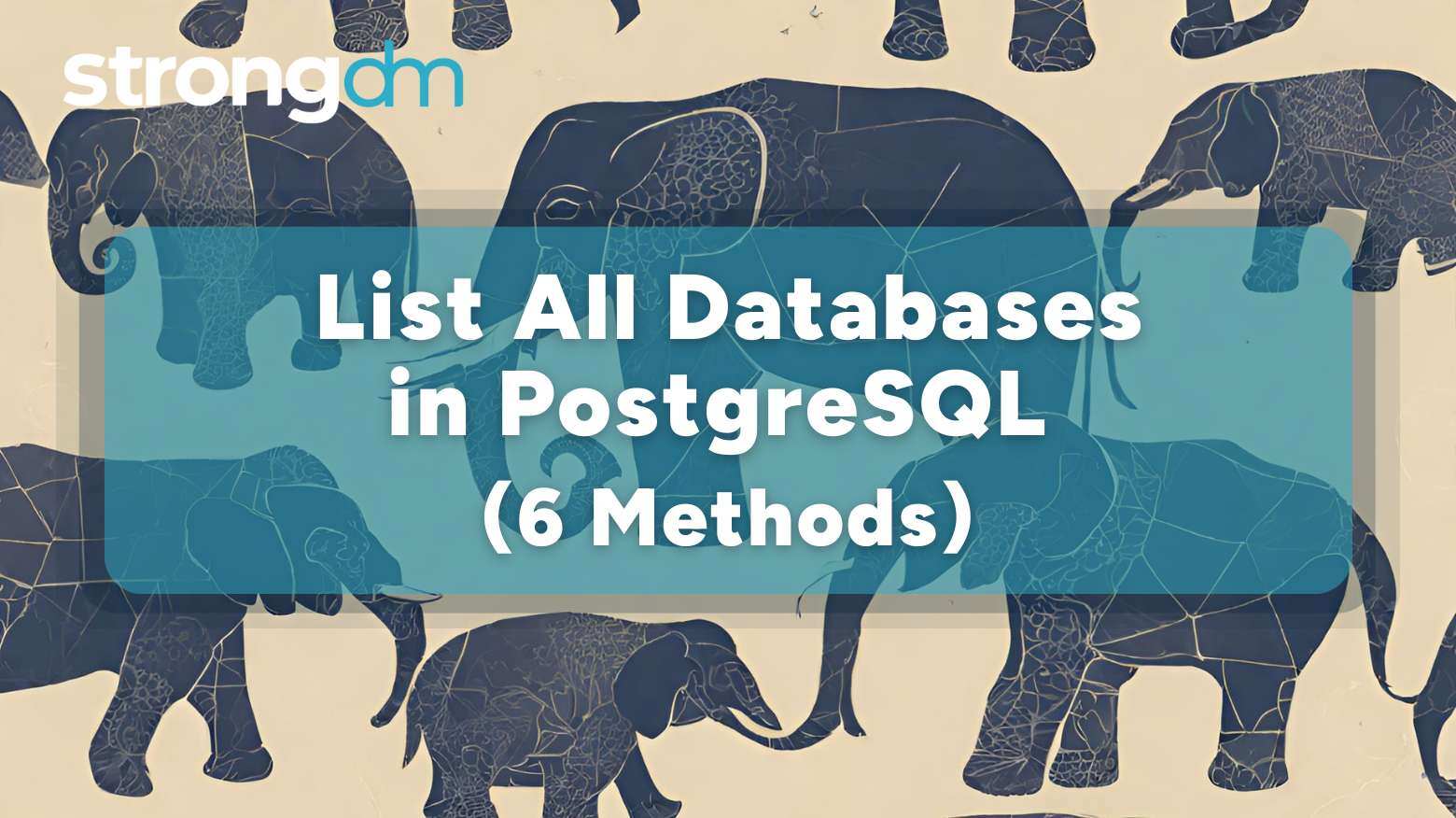
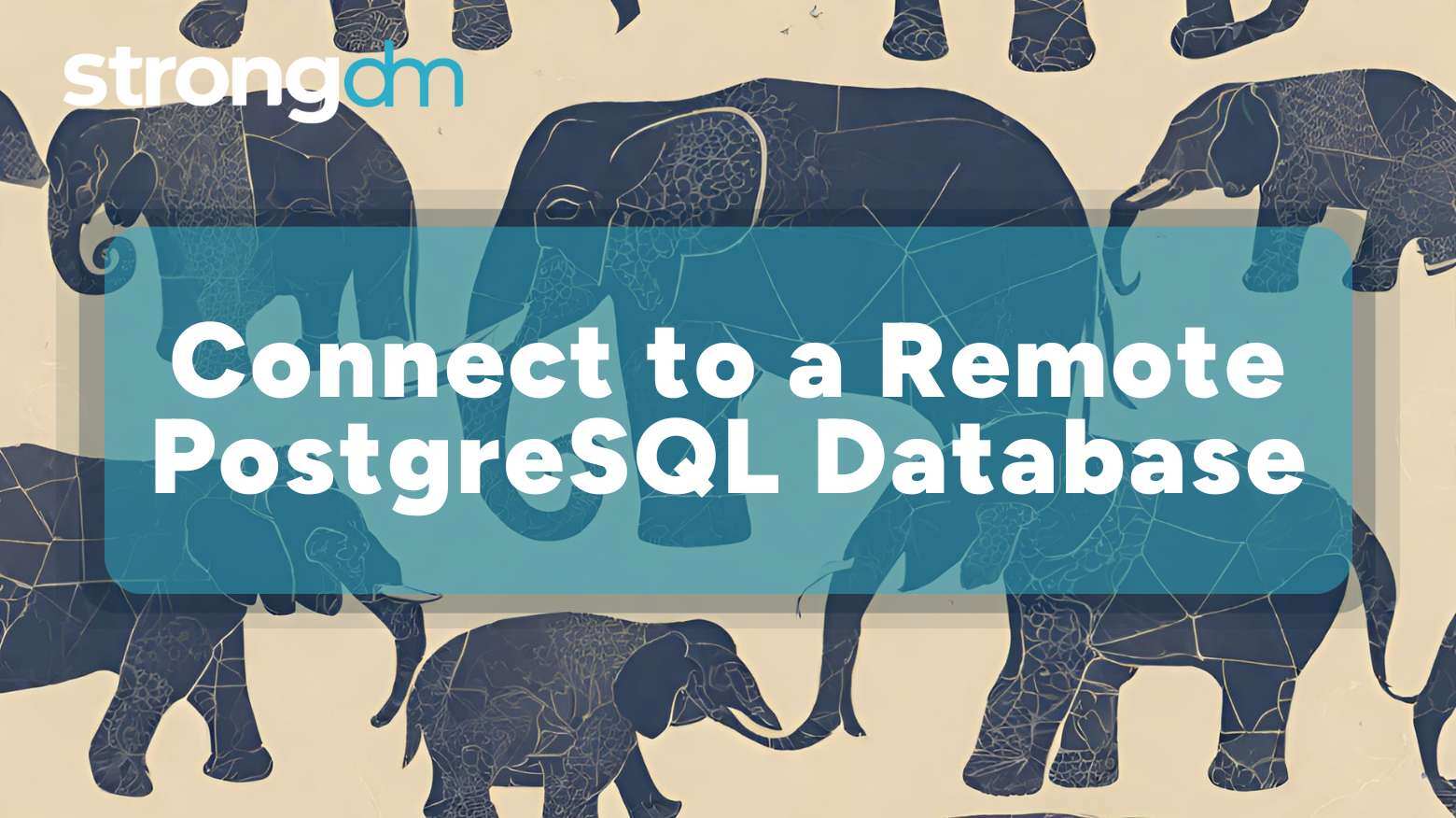
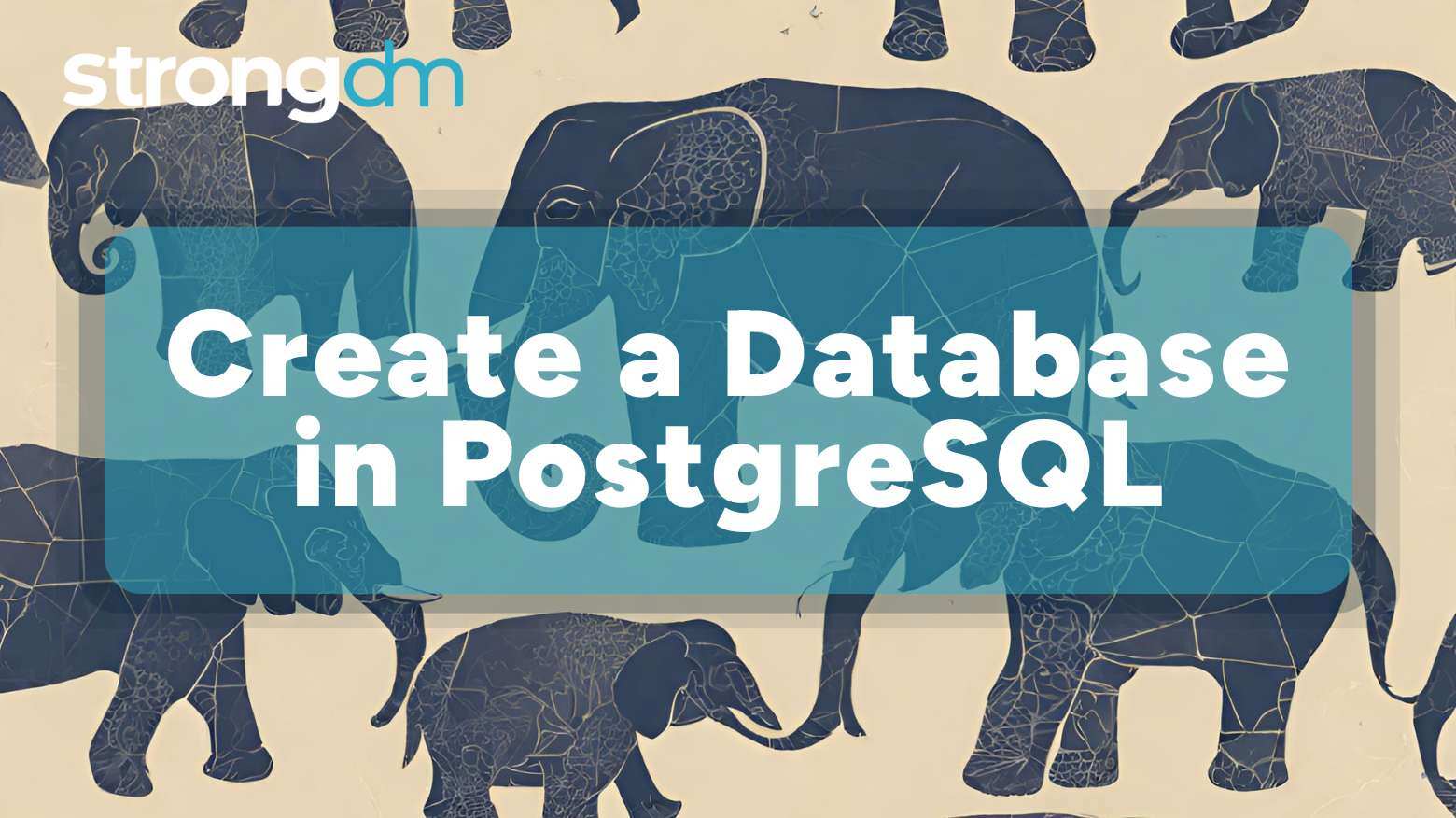
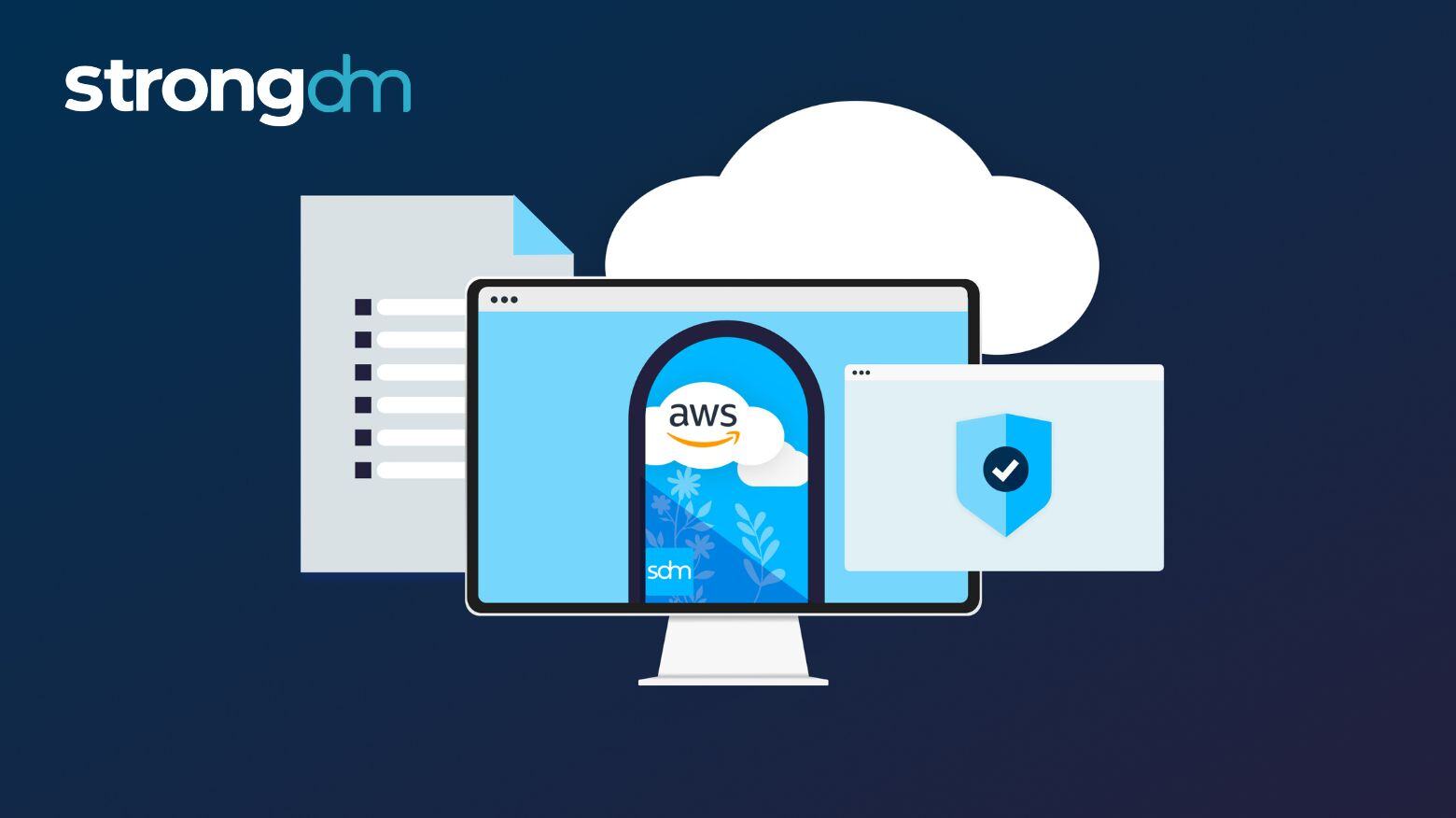
![IP Whitelisting: Meaning, Alternatives & More [2025 Guide]](https://discover.strongdm.com/hubfs/ip-whitelisting.jpg)
